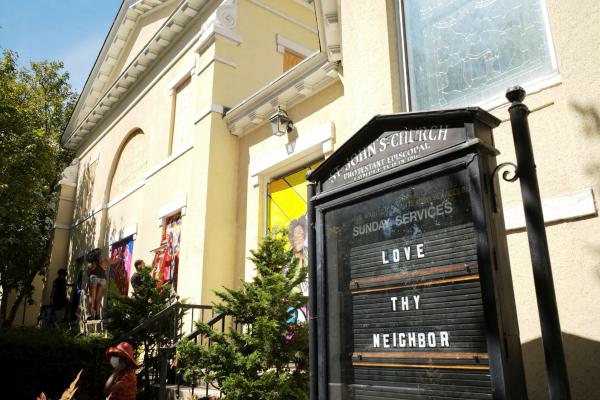Nov 5, 2024
In the summer of 2020, I was scrolling through Twitter (now called X) when I saw a video of young protesters gathering near the house of the Chicago Mayor at that time, Lori Lightfoot. They were protesting her heel turn away from the progressive policies on which she had run. In the background of the video the doors of my church, Grace Church of Logan Square, were firmly closed. To have our doors closed to brave and bold young people fighting for justice was not the witness that my church wanted to bear. So, I called several of my leaders and our partner congregation, St. Luke’s Lutheran, and our protest support group was born.
Read the Full Article

Already a subscriber? Login
